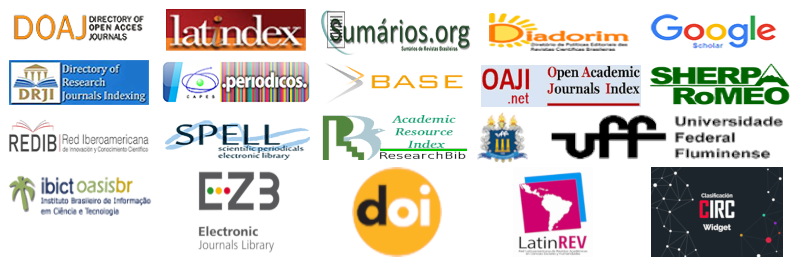O modelo da Quíntupla Hélice e o futuro da mobilidade: O papel dos veículos autônomos em um país em desenvolvimento
DOI:
https://doi.org/10.20401/rasi.6.2.410Keywords:
Quintuple Helix Model, Urban Mobility, Autonomous VehiclesAbstract
This descriptive paper of qualitative approach aimed at understanding whether the Quintuple Helix Model (QHM) can positively foster advancements on urban mobility from AVs’ insertion in the society, as well as discuss the dynamic of the QHM in the Brazilian context. Synergy among agents proposed by the model is essential for minimizing the impacts on innovation development. It is necessary to understand AVs’ development not only as a technological innovation that will bring comfort to society, but rather to realize that this radical innovation can transform the future of urban mobility worldwide. In a Brazilian context, we observed that the country needs to improve in many aspects in order to carry on the future of urban mobility. Brazilians tend to be early technology adopters and the country has good mobile networks, but it will need to improve on regulations, local innovation and road quality to take advantage of AVs (KPMG, 2018). Finally, QHM can corroborate to such needed improvement and, our proposed theoretical framework could explain how this dynamic works.
Downloads
Downloads
Published
Issue
Section
License
Copyright (c) 2020 Review of Administration, Society and Innovation

This work is licensed under a Creative Commons Attribution 4.0 International License.
RASI, in accordance with Law No. 9,610 of February 19, 1998, which amends, updates and consolidates Brazilian copyright law and makes other provisions, adopts the following conditions of the Copyright Assignment:
1. RASI maintains, with the transfer of copyrights, the possession of rights over the content published;
2. The author retains his moral rights of the content, including the right to be identified as the author whenever the content is published;
3. Despite the attribution of copyright, the author retains the right to reuse the material in future collections of his own work without encumbrance. The acknowledgments of the previous publication in the RASI are the only requirements in such cases;
4. The author may make photocopies of the content, or distribute it by electronic mail or fax, provided that they are intended for their own classes and for the purpose of meeting research objectives, provided that: (a) such copies are not resold and (b) reference to the original source of the publication and the name of the RASI are clearly indicated on all copies made of the document.











